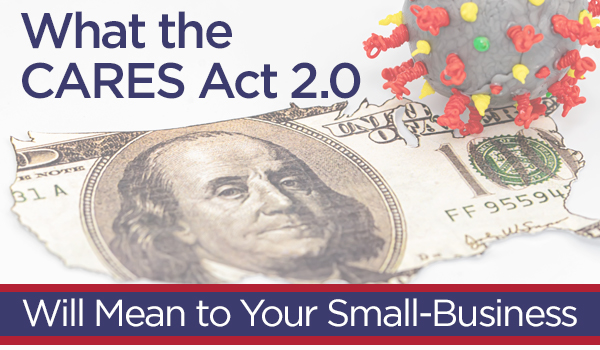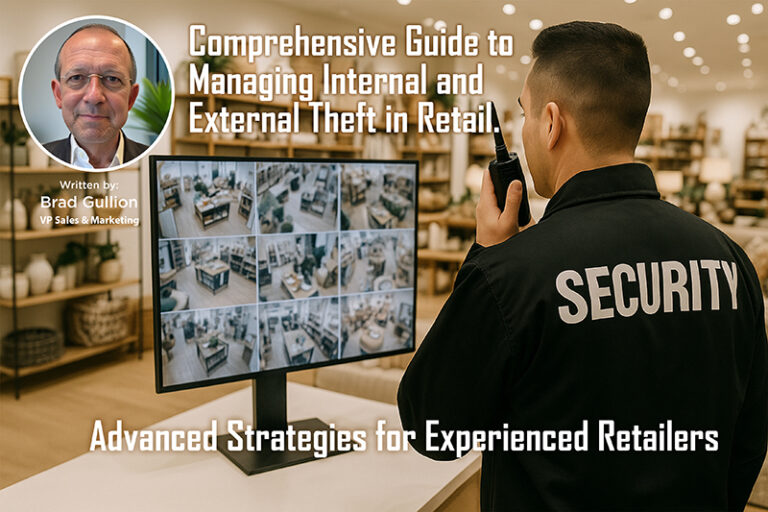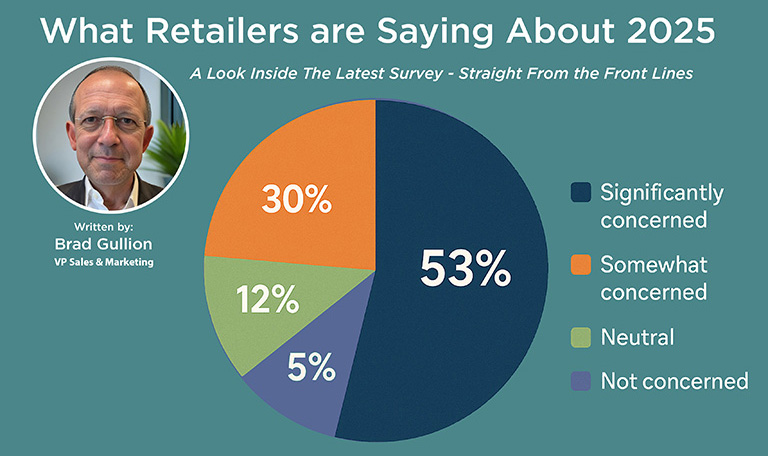February 1, 2021

Are you seeking Federal assistance? You should be! There’s the potential of more assistance on the way with President Biden’s $1.9 billion “American Rescue Plan.” So contact your tax professional or go talk to your local banking institution, or even better yet…find yourself an eligible Paycheck Protection Program lender and talk with them. Want to know more, then read on.
What is the CARES Act?
The Coronavirus Aid, Relief, and Economic Security Act (CARES Act) is the US Government’s financial assistance bill passed in 2020 to aid the American small businesses during the COVID pandemic.
With the COVID pandemic continuing and the new round of assistance allocated. The Paycheck Protection Program (version 2.0) assistance is now more targeted, while making access easier according to the Small Business Administration. Relief started flowing on January 11th, 2021 from its approved $900 billion coffers. Currently, $284 billion (that’s $284,000,000,000) is slated for dispersed for a new round of forgivable small-business loans for companies like yours.
To shore up the backbone of the US economy, the PPP Loan program made changes that target help to small-business’ which struggled to gain access to the program last spring. Changes include a cap on the number employees to 10, size of loans (up to $250,000) as well as requiring businesses be able to show they lost 25% or more of their revenue during at least one (1) quarter in 2020. These tighter restrictions help keep assistance focused where it’s needed most – in communities, neighborhood’s and businesses like yours! The deadline for filing PPP applications is March 31st, 2021.
Why You Need to Care about the Paycheck Protection Program (PPP)?
The Paycheck Protection Program is loan assistance designed to provide a direct incentive for small-businesses to keep their workers on payroll during COVID. Its First Draw PPP Loans and Second Draw PPP Loans can be used to help fund payroll costs, including benefits, and may also be used to pay for mortgage interest, rent, utilities, worker protection costs related to COVID pandemic, uninsured property damage costs caused by looting or vandalism during 2020, and certain supplier costs and expenses for operations.
For those business’ that did not get a PPP loan during Spring of last year you need to review and submit the First Draw PPP Loans application request. For those businesses that received a PPP loan last Spring, you’ll need to review and apply using the Second Draw PPP Loans funding application. The Small-Business Administration (SBA) will forgive loans if all employee retention criteria are met, and the funds are used for eligible expenses as outlined per SBA requirements.
What’s Important about Economic Injury Disaster Loans (EIDL)?
The Economic Injury Disaster Loan (EIDL) program is designed to provide economic relief to small- business’ just like yours that are currently experiencing a temporary loss of revenue due to the COVID pandemic and need help meeting financial obligations and operating expenses (e.g. continuation of health care benefits, rent, utilities, fixed debt payments) that could have been met had the disaster not occurred. The Small-Business Administration (SBA) recently extended the COVID Economic Injury Disaster Loan (EIDL) Application Deadline through December 31st, 2021
How an SBA Express Bridge Loan Can Help Until Decision/Disbursement of EIDL?
If your small-business has an urgent need for cash while waiting for decision and disbursement on an Economic Injury Disaster Loan, you may qualify for an SBA Express Disaster Bridge Loan.
The SBA Express Bridge Loan Pilot Program allows small businesses who currently have a business relationship with an SBA Express Lender to access up to $25,000 quickly. These loans can provide your business vital economic support to help overcome the temporary loss of revenue while you’re experiencing and can be a term loans or used to bridge the gap while applying for a direct SBA Economic Injury Disaster Loan (EIDL). The bridge loan will be repaid in full or in part by proceeds from the EIDL loan upon approval.
This pilot program allows SBA Express Lenders authority to deliver expedited SBA-guaranteed financing on an emergency basis for disaster-related purposes to eligible small businesses, while the small businesses apply for and await long-term financing.
Who Can I Contact Regarding Getting Debt Relief for 7(a), 504 and Microloans?
Small-Business Administration (SBA) Debt Relief provided the authorization to pay 6 months of principal, interest, and any associated fees that borrowers owe for all 7(a), 504, and Microloans reported in regular servicing status (excluding PPP loans), as part of the CARES Act.
The SBA Debt Relief program’s original provisions were amended on December 27th 2020 through the Economic Aid to Hard-Hit Small Businesses, Non-Profits and Venues Act (Economic Aid Act). The Economic Aid Act revised the eligibility criteria for assistance to include all 7(a), 504, and Microloans approved up to September 27th, 2020 even if not fully disbursed. SBA provides this assistance automatically as provided below:
- For loans not on deferment, SBA will make monthly payments based on the next payment due on eligible loans for a total amount equivalent to no more than 6 months of installment payments.
- For loans currently on deferment, SBA will begin making monthly payments with the first payment due after the deferment period ends for a total amount equivalent to no more than 6 months of installment payments.
SBA has notified 7(a), 504, and Microloan Lenders that it will pay these borrower loan payments. Lenders are to report to SBA periodically on the amounts due once a loan is fully disbursed. Payments collected after March 27th, 2020 may be applied to the outstanding loan balance or returned to the borrower at the borrower’s discretion.
As additional debt relief assistance, the Economic Aid Act also authorized additional debt relief payments to 7(a), 504, and Microloan borrowers beyond the 6-month period prescribed in the CARES Act. The level of assistance varies based on when the loan was approved and will begin on or after February 1st, 2021. Please contact your Lender for questions on the availability of this assistance for your SBA loan.
When Applying for Assistance, Remember Business Tax Can Change.
The CARES Act makes select changes to taxes and tax policies to ease the burden on businesses impacted by COVID pandemic. Many of the changes will apply to small businesses all over the country. So it’s vital to discuss which can impact your small-business with a tax professional.
Where do I find Additional Information, Help Applying or Other Programs?
For all the above, check with the Small Business Administration (SBA) or your Local US Chamber of Commerce. In addition, check with your local and state leaders as some states are offering systematic programs designed to help complete applications and gain aid from federal PPP and EIDL programs. At the time of this writing, there are also said to be some private grant programs for minority-owned businesses from financial services technology firms..
Tips for Getting the Application Process Started
When applying for the loans, retailers are advised to gather their financial records. Get your 1099 and W2 records together, your quarterly payroll and don’t forget that you may need bank statements to prove health insurance. You might not need to provide the Small Business Administration (SBA) all your records. However, it’s better to be over-prepared to ensure your submission goes quickly and smoothly to expedite assistance.
This information is being provided strictly as a helpful resource. We strongly encourage you to seek personalized advice from qualified professionals to ensure the best possible business outcome.




